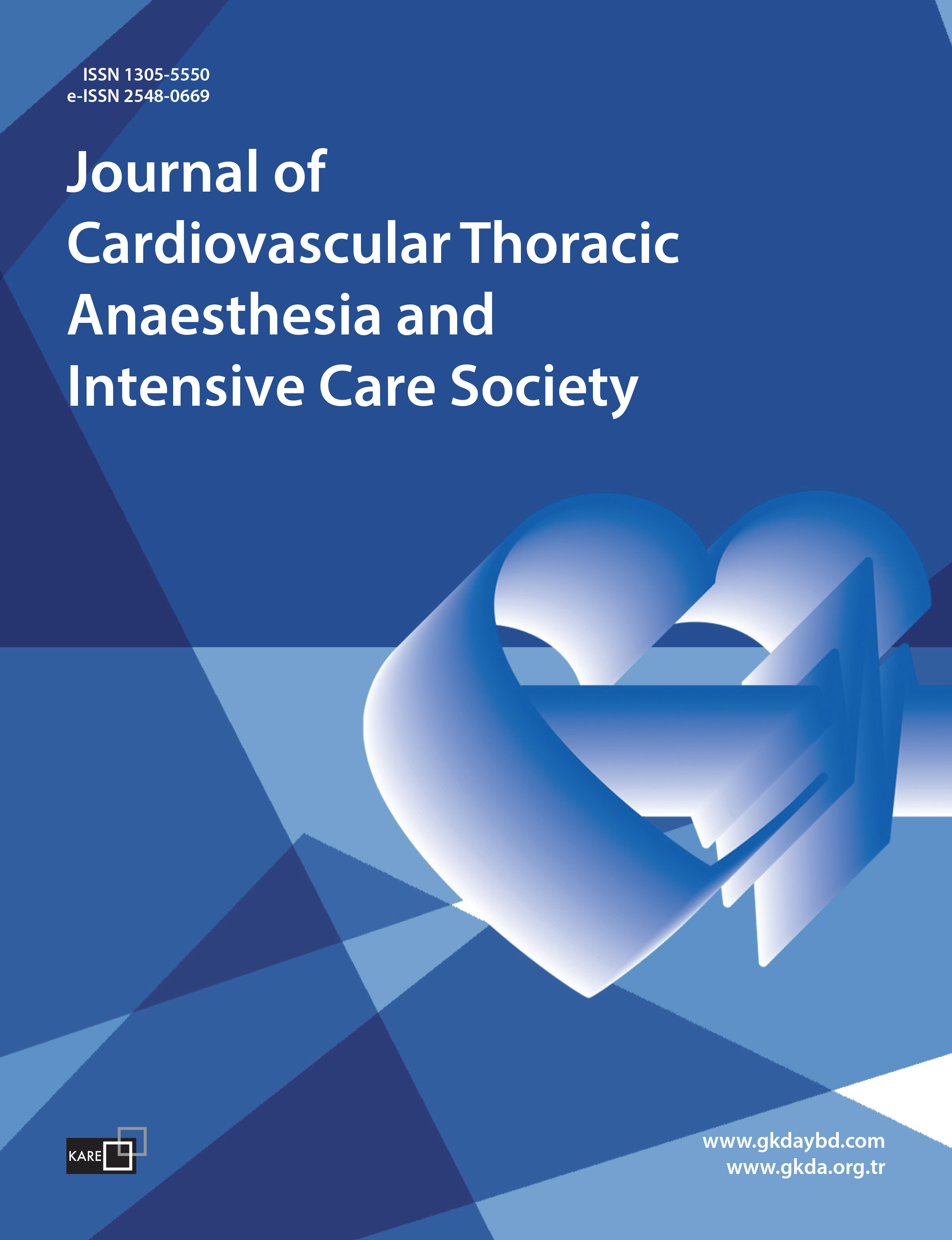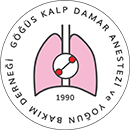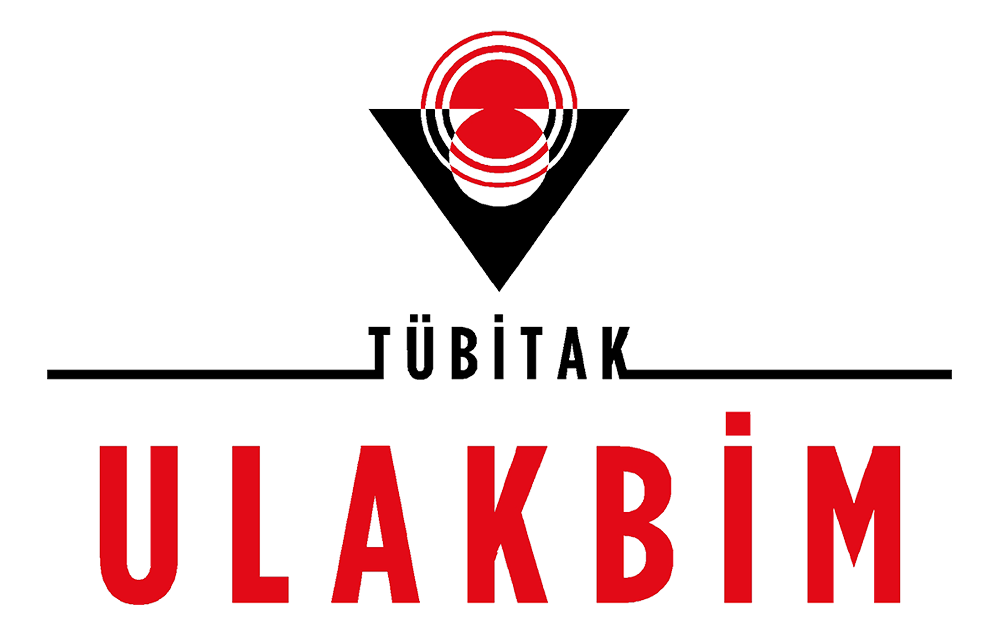

Is Blood Transfusion a Trigger for Bloodstream Infections in the Pediatric Burn Intensive Care Unit?
Bülent Kaya1, Sezer Yakupoğlu2, Elif Bombacı3, Gaye Filinte4, Recep Demirhan51Department of Infectious Diseases and Clinical Microbiology, University of Health Sciences, Kartal Dr. Lütfi Kırdar City Hospital, İstanbul, Türkiye2Department of Anesthesiology and Reanimation, University of Health Sciences, Kartal Dr. Lütfi Kirdar City Hospital, İstanbul, Türkiye
3Department of Intensive Care, University of Health Sciences, Kartal Dr. Lütfi Kırdar City Hospital, İstanbul, Türkiye
4Department of Plastic, Reconstructive, and Aesthetic Surgery, University of Health Sciences, Kartal Dr. Lütfi Kirdar City Hospital, İstanbul, Türkiye
5Department of Thoracic Surgery, University of Health Sciences, Kartal Dr. Lüfti Kırdar City Hospital, İstanbul, Türkiye
Objectives: This study aims to evaluate potential triggers of bloodstream infections in pediatric patients admitted to burn intensive care units.
Methods: In this retrospective, cross-sectional study, we analyzed data from 70 pediatric patients, aged between 3 and 211 months, who were followed in the Burn Intensive Care Unit of our hospital over a five-year period between 2020 and 2024.
Results: The mean age of the 70 pediatric patients was 79±87 months. The causes of burns were flame in 34%, scalding with hot water in 54%, and electrical burns in 9% of cases. The majority of patients (83%, n=58) had partial-thickness burns. The most commonly affected body region was the trunk (12.96%), followed by the head and neck region (6.21%). Total body surface area (TBSA) burned, length of ICU stay, and number of surgical interventions were higher in the transfused group. The mean pre-transfusion hemoglobin (Hb) level was 8.61 g/dL, which increased to 8.97 g/dL post-transfusion. In total, 29 patients received an average of 6.67 units of erythrocyte suspension (ES) and 4.09 units of fresh frozen plasma (FFP). Blood cultures revealed coagulase-negative Staphylococci (CoNS) in five patients and Acinetobacter baumannii in another five.
Conclusion: In pediatric patients (aged 0 to 215 months) followed in the Burn Intensive Care Unit, an increase in total body surface area (TBSA) burned is associated with longer ICU stays, a higher number of surgical interventions, increased transfusion of blood components, and a greater incidence of bloodstream infections.
Manuscript Language: English
(19 downloaded)

















